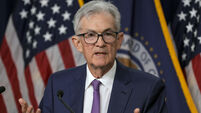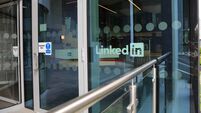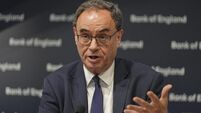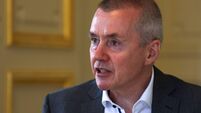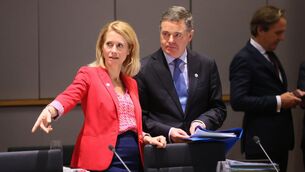David McNamara: Fed pivots from inflation to growth concerns
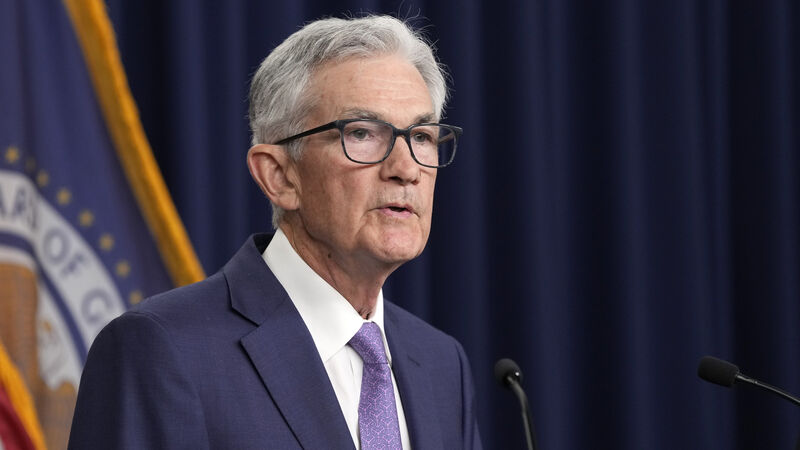
Federal Reserve chair Jerome Powell.
The move by the US Federal Reserve to initiate its rate-cutting cycle with a bumper 50 basis point (bps) cut to a range of 4.75%-5.00% came as somewhat of a surprise, with investor focus now turning to how the Fed will proceed from here, and what impact the move will have on other major central banks.
The Fed cut marked the first rate change in nine meetings and began the cycle of reducing the restrictiveness of monetary policy on a US economy that is showing signs of softening. However, the decision by the Fed to cut rates by 50bps was not unanimous, with one of the voting members preferring a 25bps reduction.
Notably, there also continues to be a relatively wide dispersion of views among Fed officials on the future path for rates. The median projection for rates by members was for further modest cuts to a 4.25-4.50% range by year-end. In other words, a further 50bps of rate cuts over the remaining two meetings of 2024.
Rates are seen as being cut by a further 100bps in 2025 and by 50bps in 2026, falling to a 2.75-3.00% range. While the market is pricing in similar levels for terminal rates, it sees a more aggressive near-term cutting cycle, factoring in the potential for continued weaker job market data, which might push the Fed to go faster than currently projected.
The key takeaway from the week’s events is that the Fed has decisively shifted its focus away from its inflation mandate towards the labour market and GDP growth.
The deft messaging by Fed chair Jerome Powell also assuaged investors that the US remains on track for a “soft landing”, despite Fed officials revising up near-term unemployment forecasts and trimming GDP forecasts.
Given the time lags from monetary policy to the real economy, it will be some time before Powell can declare “job done” on this front.
The Fed pivot also raises questions for the other major central banks. In particular, UK rates have usually moved in lock-step with US rates in prior cycles due to the close ties between the two economies.
While the Bank of England cut by 25bps in August, it chose to hold rates steady last week, with a slightly hawkish statement from its governor stating: “It’s vital that inflation stays low, so we need to be careful not to cut too fast or by too much.”
This chimes with recent inflation and wage data in the UK, which still point to elevated price pressures. However, while a further 25bps cut in November is likely, a more conservative ongoing approach may put the BoE at odds with the Fed if it continues with its easing cycle at an accelerated pace in the coming months.
- David McNamara is chief economist with AIB



